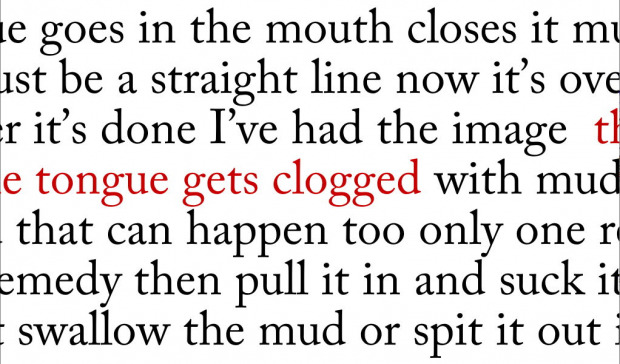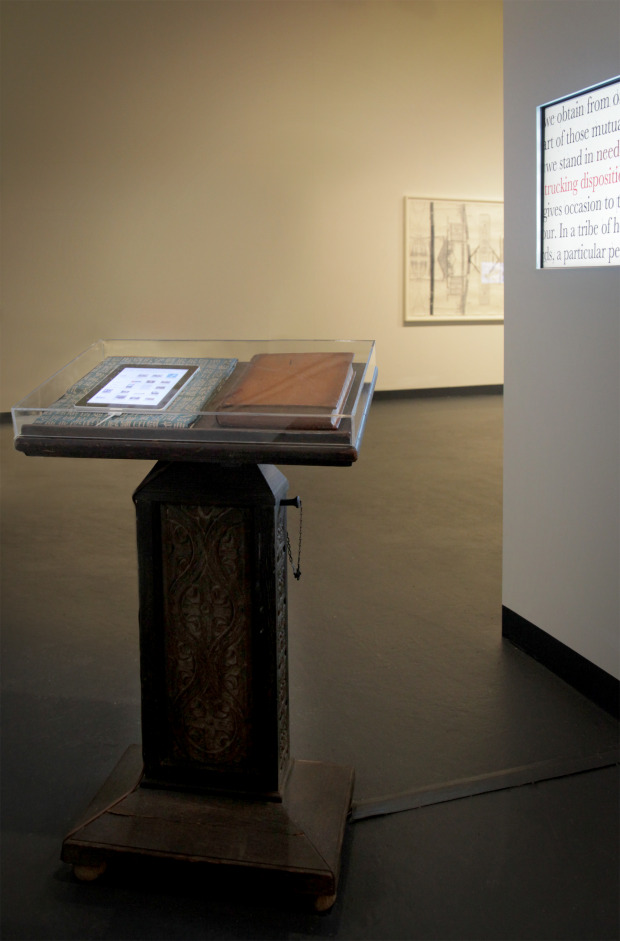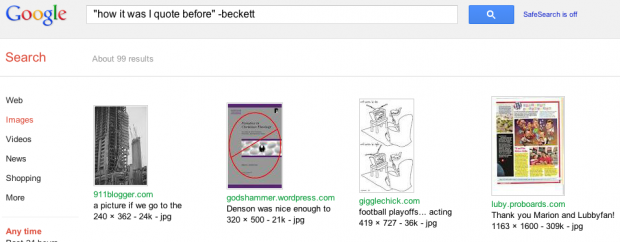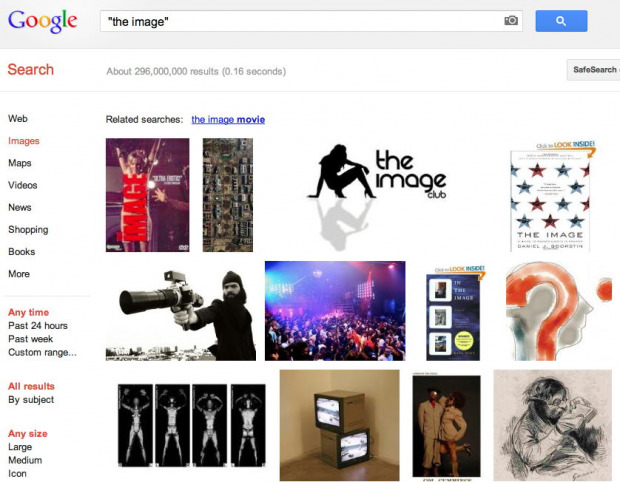Common Tongues
Common Tongues remediates practices and processes of reading, and addresses, critically, the commodification of reading itself, and the proprietary enclosure of a growing portion of our linguistic cultural commons.
Common Tongues emerges from the artists’ collaboration on The Readers Project (http://thereadersproject.org). Processes that were developed in this framework and that are based, in part, on previous manifestations of the Project are applied to a reading of Samuel Beckett’s How It Is and used to generate new poetic texts, remediating social reading.
The traces and consequences of others’ readings are accessible to us over the internet and, more recently, through networked ebook readers. The indexing and statistical analysis of everything that has been inscribed into the realm of big data allows us to search and retrieve textual fragments from a vast, increasingly comprehensive literary and linguistic corpus in arrangements that are first ‘read’ by algorithmic and statistical models and then offered up to us in finely composed—and often illustrated, multimediated—pages that precede and predetermine any further or deeper ‘human’ reading. Perhaps this is how we are now inclined to read, as our relationship with language and language-making changes fundamentally? Is the algorithmically composed reading ‘social’ or ‘posthuman’? Is our subsequent ‘deep’ reading a solipsistic throwback? For works that have been written by human individuals, questions of ownership, copyright and integrity are raised continually in entirely new, if instantly commonplace, situations.
The example of a closely associated process—developed earlier, quoted from a paper by one of the artists’, and as applied to a short extract from Beckett’s text—may provide an illustration: “blue and white of sky” “a moment still” “April morning in the” “mud it’s over” “it’s done I’ve had the” “image the scene is” “empty a few” “animals still then” “goes out no more” “blue I stay” “there way off on” “the right in the mud” “the hand opens and closes” “that helps me it’s” “going let it go I” “realize I’m still smiling” “there’s no sense in that now" “been none for a long time now” “my tongue comes out” “again lolls” “in the mud i stay” “there no more” “thirst the tongue” “goes in the mouth” “closes it must be a” “straight line now it’s” “over it’s done I’ve had” “the image”
These words comprise three fragments from How It Is and they also correspond to the final part of a short prose work which Beckett originally published in French as L’Image. But this is not Beckett. Each quoted phrase represents a maximal syntagmatic association with Beckett’s text, while a Google search has been undertaken to ensure that these word sequences are attributable to others, often many others. We have established these attributions with cited URLs. (For details and full citations, see: Cayley, John. ‘Writing to Be Found and Writing Readers.’ Digital Humanities Quarterly 5.3 (2011): http://digitalhumanities.org/dhq/vol/5/3/000104/000104.html)
Quote from the process-generated text, heard in the installation as a spoken performance: My tongue comes out and touches her face. The lonely neonate screams again into the merciless ears, ... lolls in the nucleus of every decomposing metropolis. When I slip in the mud the sky opens up. Should I stay or should I go? I just stood there gazing. If we drink, we shall no more thirst; the dead need life. This man appears a good man for us, and his tongue goes in the right direction. If her mouth closes it must be because of his kisses. And a man's, which should be a straight line, meets hers at the return from each of these deviations. “It's over now. It's over. It's over.” It's done. I've told you what happened. I don't want to think about it. How can we compare an idea with an image, if it were one being who had the idea and another who had the image?
The ‘perceptual reader’, an autonomous software entity embodying specific reading strategies, first developed for the artists’ Read For Us installation (2010), is released within Beckett’s long prose work, How It Is, on one of the main installation displays. This reader is seen moving through that part of this text known and published elsewhere as 'The Image,' highlighting phrases as it goes, in the center of a perceptually defined, typographically composed space. The reader has been adapted to consume the text in up to four-word phrases and then to attempt to ‘source’ these sequences on the internet in contexts that are not associated with Beckett or his writing. The searches are sent, live, to auxiliary displays in the installation where visitors may read these phrases in an aestheticized selection of the new contexts that are offered to us by networked services. 'The Image' of How It Is is read through Common Tongues.
Common Tongues is also a literary sound installation. The recording of an oral textual performance is heard within the space of the installation. This text was generated by 'writing to be found' in the commons of language using networked search services. Phrases from 'The Image' are found within language in the networked commons that has notbeen authored by Samuel Beckett. This language was then composed by Cayley into a new text in a process that is quasi-algorithmic. The new text contains its supply text embedded within language that has been discovered in the linguistic commons. This spoken text is poetic, disturbing, and uncanny in relation to what it purports to be reading through and addressing.
The visually-accessible reading of the ‘perceptual reader,’ and that of the more expansive generated text in spoken performance will diverge when left to their own devices, but a simple interface allows a visiting human reader to control and bring the aural and visual readings into a more synchronous relation of correspondence and commentary.
As a gesture from the latter days of print, Common Tongues offers, as artifactual, archival and sculptural components of the installation, copies of two print-on-demand publications made from certain processes of its 'reading through'—the exhaustively annotated How It Is in Common Tongues, and The Image (both Providence: NLLF Press, 2012, see 'child' links under 'Web URL' to the left). The latter book is composed of screenshots from the search-driven, phrase-by-phrase readings of 'The Image' in How It Is. It is a book of images constructed from the same reading strategy performed live by the perceptual reader and its auxiliary displays—a book of the Common Tongues... reading.
In the artists’ Read For Us installation (2010, http://thereadersproject.org/index.php?p=installation/readforus/readforu...), a similar process was applied to Adam Smith’s The Wealth of Nations, as a critique of the market-determined and advertising-inflected reading that phrase-based internet search engenders. For Common Tongues, we address, in addition, the association of phrases with an authorized text, exploding its integrity and discovering the same words ‘in the wild,’ so to speak—amongst fragments of feral language both human and posthuman, in the common tongues that are proper to the contemporary linguistic commons. Paradoxically we use the same mechanisms of big software that are, as we speak, enclosing language, in order to find the words of an authorized text where they are still, if only momentarily, associating freely.





